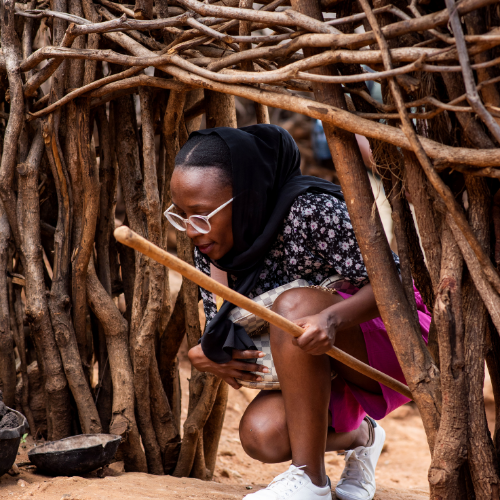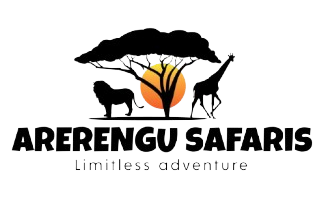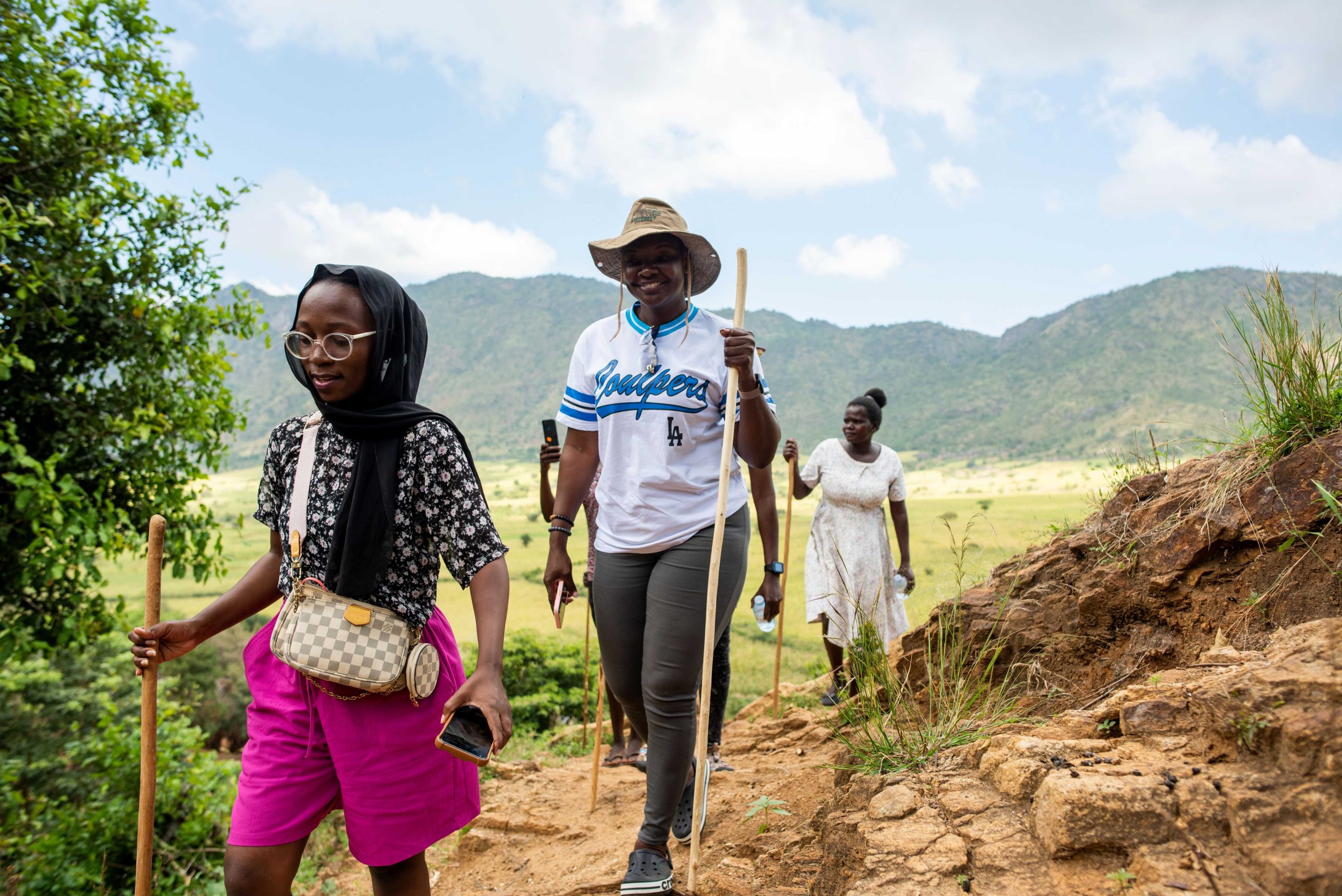MEET YOUR HOSTS
A story of Karamoja’s diversity Brian Lokutae, tour guide Karamoja region.
Karamoja is now a safe destination, having long been considered a no-go area. There's been a remarkable increase in the number of people choosing to explore and experience the beauty of Karamoja.
Karamoja is very beautiful from the south to the northern tip. The Karamajong in the South, Central and North are all different. Once considered a sub-region, a visit here would teach you that we are divided into different ethnic groups (smaller sub-tribes with distinct languages and customs). Such is the diversity of Karamoja.
A tour of the whole region would start in the southern part, visiting the Pokot(Upe) and Pian in the south, then Pian Upe, the second largest protected area in Uganda, the only place where you can find Uganda's only endemic bird, the Fox's Weaver. It is also one of the few places in Uganda where you can see ostriches, cheetahs and the Roan antelope. Karamoja is simply blessed. Still in the southern part of Karamoja, you can hike Mount Kadam, pristine and untouched. In Moroto, you can find the Matheniko and hike up Mount Moroto, the highest mountain in Karamoja, rising to about 3085m above sea level. Here you will find another small group of people called the Tepeth. One of the indigenous groups we have in Uganda. They are contextually part of the Karimojong, but historically not. Food gatherers, are the original inhabitants who were here before the Karimojong pushed them into the highlands. Same as the Ik/eek we have in Morungole.




Drive to Kotido, home to the Jie, known for their fierce warrior character and facial scarification. Kotido is also home to the largest Manyatta settlement in East and Central Africa - Nakapelimoru. Heading north, you will find the Dodoth, who occupy Kaabong. With the Dodoth, you can enjoy a variety of cultural experiences such as blood-letting and drinking fresh blood. Delicious, but exceptional when mixed with milk. It's also rich in iron, but above all, it doesn’t harm the animal. You can also spend the night with the nomads in a kraal.
East of Kaabong, near Karenga, are the Ik - said to be the smallest tribe in Uganda, with around 2000 people living in the Kamion, Tinu, and Morungole areas. The scenery here is magnificent and you can see the sun rise in Kenya and set in Uganda. In the far north is the Kidepo Valley National Park. Here you will find the Kawalakol people. This is where we would do our traditional village visit - Manyatta. We would love to show our guests a corner of the culture that Karamoja has to offer.


